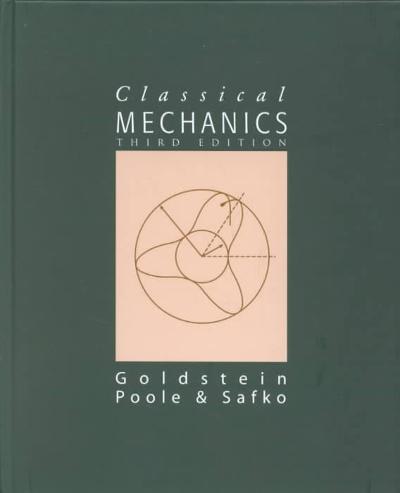Answered step by step
Verified Expert Solution
Question
1 Approved Answer
Experiment 1: Exploring Charge with Scotch Tape In this experiment, you will observe the behavior of charged objects using pieces of Scotch tape. Materials Scotch
Experiment 1: Exploring Charge with Scotch Tape
In this experiment, you will observe the behavior of charged objects using pieces of Scotch tape.
| Materials Scotch Tape Ruler *Pen |
*Flat Work Surface *You Must Provide | ||
Procedure
Part 1
- Use the ruler to measure a piece of tape that is 10 cm long.
- Tear the tape to remove the 10 cm piece from the roll.
- Create a "handle" on one side of the piece of tape by folding down the piece of tape 1 cm from the end, leaving a 9 cm sticky piece with a 1 cm handle.
- Stick the entire sticky surface of the tape to a table top, counter top, or another flat surface.
- Repeat Steps 1 - 4 with a second 10 cm piece of tape. Stick the second piece of tape at least 15 cm away from the first piece on the same surface.
- Quickly pull off both strips of tape from the surface and ensure that the pieces do not touch.
- Carefully bring the non-sticky sides of the tape together and record observations about the behavior of the pieces in Table 1.
- Discard the tape.
Part 2
- Use the ruler to measure a piece of tape that is 10 cm long.
- Tear the tape to remove the 10 cm piece from the roll.
- Create a "handle" on one side of the piece of tape by folding down 1 cm of tape from one end.
- Stick the entire sticky surface of the tape to a table top, counter top, or another flat surface.
- Use a pen and write "B1" on the tape. "B" stands for bottom.
- Repeat Steps 1 - 4 with a second 10 cm piece of tape. This time, press the second strip of tape on top of the one labeled "B1".
- Use the pen to label the top piece with a "T1". "T" stands for top.
- Create a second pair of pieces of tape by repeating Steps 1 - 7. This time, label the bottom piece "B2" and the top piece "T2".
- Use the T1 handle to quickly pull off T1 strip of tape from the flat surface.
- Use the B1 handle to peel off the bottom strip from the flat surface. Keep both B1 and T1 pieces away from each other.
- Bring the non-sticky sides of B1 and T1 together and record observations about the behavior of the pieces in Table 1.
- Set the pieces of tape, non-sticky side down, on the table approximately 15 cm away from each other. Do not stick them back on the table!
- Repeat Steps 9 - 12 for B2 and T2.
- Carefully bring the non-sticky sides of piece "T1" and "B2". Record observations about the behavior of the pieces in Table 1.
- Set them back down, non-sticky side down.
- Repeat Steps 14 - 15 for "T1" and "T2". Record your observations in Table 1.
- Repeat Steps 14 - 15 for "B1" and "B2". Record your observations in Table 1.
- Repeat Steps 14 and 15 for "T1" and the hair on your leg or arm. Record your observations in Table 1.
- Repeat Steps 14 and 15 for "B1" and the hair on your leg or arm. Record your observations in Table 1.
| Table 1: Electric Charge Observations | ||
| Procedure | Interacting Pieces | Observations |
| Part 1 | Two pieces on table | |
| Part 2 | T1 / B1 | |
| T2 / B2 | ||
| T1 / B2 | ||
| T2 / B1 | ||
| T1 / T2 | ||
| B1 / B2 | ||
| T1 / Arm Hair | ||
| B1 / Arm Hair |
Step by Step Solution
There are 3 Steps involved in it
Step: 1

Get Instant Access to Expert-Tailored Solutions
See step-by-step solutions with expert insights and AI powered tools for academic success
Step: 2

Step: 3

Ace Your Homework with AI
Get the answers you need in no time with our AI-driven, step-by-step assistance
Get Started


